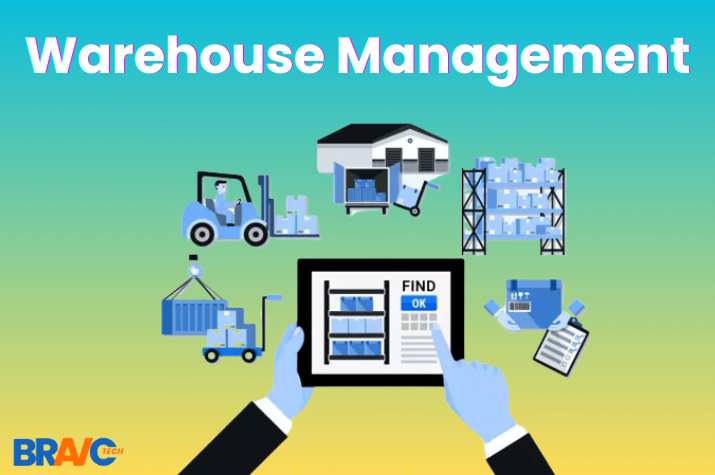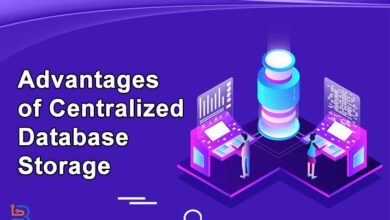Most Effective Data Analysis Methods and Techniques for Small Businesses

As a small business owner, you grasp the significance of each completed task, achieve a goal, and step toward expanding your enterprise. Your digital marketing strategies, work, and objectives contribute to your bottom line, and you can access valuable information regarding unique and returning customers, website traffic, and sales trends. However, identifying the key revenue-generating factors that deserve priority can be time-consuming. While the right tools can furnish the necessary data, the volume of information can be overwhelming. This is where small business data analytics comes into play. In this article, we highlight the most effective data analysis methods and techniques tailored for small businesses.
Data Analysis Defined
Data analysis involves gathering, managing, and scrutinizing data through statistical and logical techniques and methods. Businesses heavily depend on analytics to derive insights crucial for strategic and operational decision-making. These analytics processes predominantly hinge on two fundamental domains: quantitative and qualitative research. A more profound grasp of quantitative methodologies and qualitative insights provides a more straightforward path for analytical endeavors. Investing time in understanding these areas improves the direction of analysis efforts. It enables the creation of comprehensive analytical reports that significantly elevate the analysis process.
Best Data Analysis Methods and Techniques
Data analytics plays a pivotal role in the success of corporate strategies. Yet, converting raw data into valuable insights remains a mystery to many. Data analysts utilize diverse methodologies and strategies tailored to the specific data and insights they aim to extract. This complimentary course offers a practical initiation into data analytics to equip you with hands-on experience. Below, we explain the data analysis methods and techniques for small businesses:
- Regression Analysis
- Factor Analysis
- Cluster Analysis
- Data Mining
- Cohort Analysis
- Sentiment Analysis
- Time Series Analysis
- Decision Analysis
Read Also: Leveraging Big Data for Business Growth

1- Regression Analysis
Regression analysis employs past data to comprehend how changes in one (in the case of linear regression) or more (in multiple regression) independent variables influence the value of a dependent variable. Examining the relationships between variables and their historical trends enables anticipating potential outcomes, leading to informed decision-making. For instance, a regression analysis conducted on sales data in 2019 reveals that factors such as product quality, store design, customer service, marketing campaigns, and sales channels significantly impacted overall sales performance.
2- Factor Analysis
Factor analysis is a method used to reduce the complexity of numerous variables into a more concise set. It functions under the assumption that several observable variables are interconnected due to their association with an underlying construct. This process aids not only in simplifying extensive datasets into more manageable subsets but also in revealing latent patterns. Consequently, it facilitates the exploration of abstract concepts like wealth, happiness, and fitness or more concrete business metrics such as customer loyalty and satisfaction.
3- Cluster Analysis
Cluster analysis is an exploratory technique to uncover patterns within a dataset. Its primary objective is categorizing data points into clusters based on their internal similarity and external dissimilarity. This process facilitates identifying groups where data points share similarities within clusters but differ from those in other clusters. Typically employed as a preprocessing step for various algorithms or to gain insights into dataset distribution, clustering offers valuable organizational perspectives. Ideally, marketers would individually analyze each customer to provide optimal personalized service.
4- Data Mining
Data mining is a comprehensive approach to analyzing data, encompassing the engineering of metrics and insights to enhance value, direction, and context. Through exploratory statistical analysis, it seeks to uncover dependencies, relationships, patterns, and trends, generating advanced knowledge. Embracing a data mining mindset is crucial for successful data analysis, making it a field worth delving into further. An exemplary application of data mining is seen in datapine intelligent data alerts. These alerts, leveraging artificial intelligence and machine learning, deliver automated signals based on specific commands or events within a dataset.
Read Also: Importance of Data Backups in Business Continuity Planning
5- Cohort Analysis
Cohort analysis entails organizing your clients or users into groups and studying how these groups evolve. Instead of examining a solitary moment where each client is at a different phase of their journey, cohort analysis examines their actions within the broader context of the customer lifecycle. This approach enables the identification of behavioral patterns at various stages of the customer journey, such as initial website visits, email newsletter sign-ups, first purchases, and beyond. Consequently, cohort analysis is a dynamic method that enhances understanding of the client lifecycle.
6- Sentiment Analysis
Sentiment analysis is a valuable qualitative method nestled within text analysis, which involves the automated sorting and understanding of written content. Its primary objective is deciphering and categorizing the emotional tones conveyed in textual data. This enables businesses to gauge customer sentiment towards different aspects of their brand, product, or service, aiding in commercial decision-making. There exist several types of sentiment analysis models, each with its own distinct focus. The three main categories are:
- Aspect-Based Sentiment Analysis
- Fine-Grained Sentiment Analysis
- Emotion Detection
7- Time Series Analysis
Time series analysis is a statistical method that recognizes extended patterns and recurring cycles over time. It’s not merely about sporadic observations but entails systematic monitoring within set intervals. This analytical approach isn’t solely about data collection over time; rather, it enables researchers to ascertain if variables change during the study period, how they interrelate, and how these relationships lead to outcomes. In a business setting, time series analysis serves to uncover the roots of various trends and patterns, thereby extracting valuable insights.
8- Decision Analysis
Decision tree analysis is a valuable aid in making informed and strategic decisions. Decision makers, researchers, and company personnel can effectively assess various factors and determine the optimal path forward by presenting potential outcomes, consequences, and costs in a graphical tree format. Decision trees are beneficial for analyzing quantitative data and facilitating a more refined decision-making process by identifying areas for improvement, cost reduction, and operational efficiency enhancements. Businesses can leverage decision trees to ascertain which projects offer greater long-term cost-effectiveness and profitability.
Last Words
Small businesses should no longer view data analytics as exclusive to big corporations; now is their time to excel as data-driven enterprises. Whether it’s for enhancing marketing strategies, developing products, or refining internal processes, leveraging data analysis can unlock valuable insights and boost overall efficiency. If integrating data analytics into your business strategy seems daunting, don’t worry. Embracing data-driven approaches empowers small businesses to stay competitive in today’s dynamic market landscape and capitalize on opportunities for innovation and expansion.






